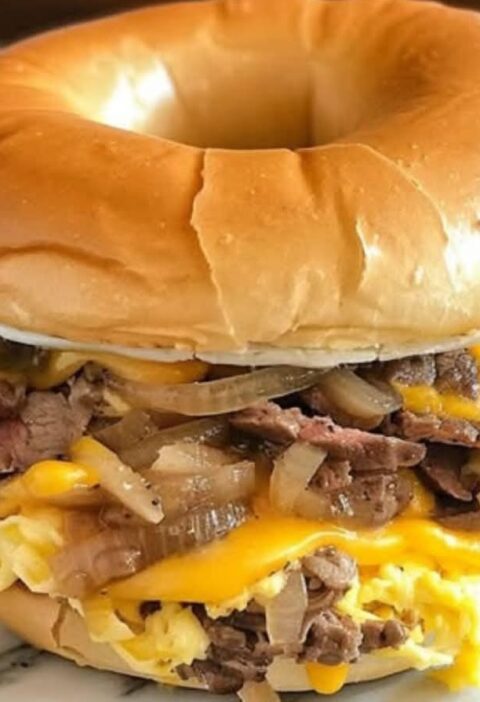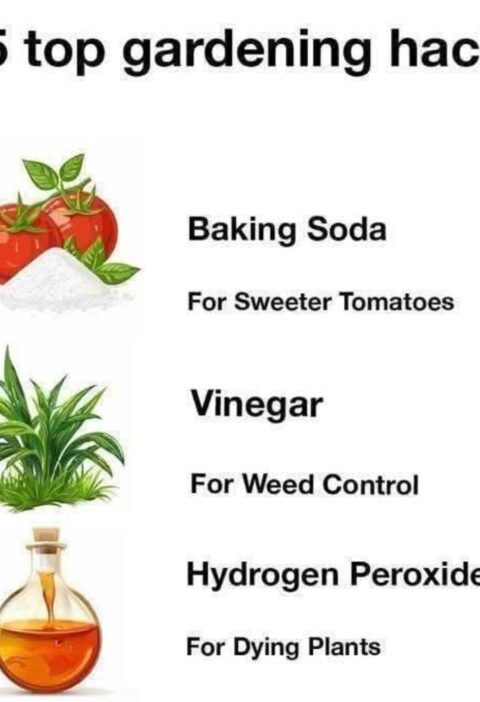🥚 Why Egg Yolk Color Varies & How to Achieve the Perfect Hue
Table of Contents
- Introduction
- 1. Historical Anecdotes
- 2. In-Depth Chemistry of Yolk Pigments
- 3. Natural vs. Synthetic Feed Strategies
- 4. DIY Yolk-Enhancing Feed Recipes
- 5. Extended Farm & Home Case Studies
- 6. Troubleshooting & Pro Tips
- 7. Garden Integration: Grow Your Own Pigments
- 8. FAQs
- Conclusion
Introduction
Egg yolk color is one of the most noticeable indicators of an egg’s quality and nutritional content. Contrary to popular belief, yolk hue is determined not by breed but by diet. From pale yellow to deep orange, yolk pigmentation reflects the types and amounts of pigments—primarily carotenoids—consumed by laying hens. In industrial production, artificial additives often create unnaturally vivid yolks, but backyard and small-scale producers can achieve beautiful, healthy coloration using entirely natural ingredients.
In this comprehensive guide, you’ll learn:
- The cultural and culinary history behind prized yolk colors.
- The biochemistry of yolk pigments—how they’re absorbed, transported, and deposited.
- Natural feed ingredients versus synthetic concentrates for color enhancement.
- Step-by-step DIY feed recipes and feeding protocols.
- Real-world case studies from farms and home coops.
- Troubleshooting common issues: pale yolks, off-flavors, and uneven coloration.
- How to grow your own carotenoid-rich garden crops for a sustainable pigment source.
- Answers to frequently asked questions on safety, grading, and consumer preference.
1. Historical Anecdotes
1.1 Ancient Rome’s “Golden Eggs”
In ancient Rome, eggs with deep-golden yolks were considered a luxury. Pliny the Elder (Natural History, Book 8, ~77 CE) describes hens fed on wild herbs and insects, producing richly colored yolks prized at banquets.
1.2 Medieval Monastery Flocks
Monastic records from 12th-century France reveal that monks supplemented poultry diets with marigold petals and beet greens to deepen yolk color, believing the richer hue signified both health and spiritual purity.
1.3 19th-Century Feed Mill Innovations
The rise of commercial feed mills in the 1800s introduced yellow corn and safflower into layer rations. Early advertisements touted “bright orange yolks” as proof of feed quality. Some mills even added ground paprika—foreshadowing modern artificial dyes.
1.4 20th-Century Regulation & Artificial Additives
By mid-1900s, consumer demand for vibrant yolks led some producers to include approved pigments like canthaxanthin. Regulatory bodies later restricted unauthorized dyes but allowed natural extracts (annatto, paprika) under strict limits.
2. In-Depth Chemistry of Yolk Pigments
Egg yolk color stems from fat-soluble pigments called carotenoids. These include:
- Carotenes (e.g., β-carotene) – orange hues, vitamin A precursors
- Xanthophylls (e.g., lutein, zeaxanthin) – yellow tones, eye health benefits
- Apocarotenoids (e.g., canthaxanthin) – deep orange/red, often added synthetically
2.1 Absorption & Transport
Ingested carotenoids are released from feed matrices in the hen’s gut, incorporated into micelles by bile salts, absorbed by enterocytes, packed into lipoproteins (VLDL), and transported via bloodstream to the ovary. There, pigments accumulate in the growing yolk sac.
2.2 Metabolic Conversions
Some ingested carotenoids convert to retinol (vitamin A) in the liver, reducing pigment available for yolk deposition. Others (lutein) remain largely intact, making them more efficient color sources.
3. Natural vs. Synthetic Feed Strategies
3.1 Natural Pigment Sources
- Yellow Corn – abundant zeaxanthin, yields warm golden yolks
- Marigold Petals (Tagetes spp.) – lutein-rich, bright yellow hues
- Safflower Seeds – high in hydroxylated carotenoids, pale orange tones
- Paprika & Red Peppers – capsanthin/capsorubin, add orange-red depth
- Spirulina Algae – β-carotene and phycocyanin, subtle orange and antioxidant boost
3.2 Concentrated Natural Extracts
- Annatto Extract – natural orange dye from Bixa orellana seeds
- Rosemary Extract – antioxidant support, minor pigment effect
3.3 Synthetic Additives (Use with Caution)
- Canthaxanthin – approved red pigment; overuse can lead to unnaturally red yolks
- Ethoxyquin – preservative sometimes used in feed, not a pigment but impacts stability
4. DIY Yolk-Enhancing Feed Recipes
4.1 Basic Golden Yolk Mix
- 80% standard layer mash/crumble
- 10% yellow corn meal
- 5% dried, ground marigold petals
- 3% ground paprika
- 2% dried spirulina powder
Feed: 100 g per hen per day, adjust ±5 g based on yolk color feedback.
4.2 Autumn Orange Blend
- 75% layer feed
- 12% crushed safflower seeds
- 8% ground red pepper
- 5% dried carrot powder
Ideal for deeper orange yolks in cooler months.
4.3 Spring Sunshine Formula
- 85% layer feed
- 10% fresh garden greens (dandelion, spinach)
- 5% marigold petal powder
Bright yellow yolks and fresh flavor after winter dormancy.
5. Extended Farm & Home Case Studies
| Operation | Breed | Feed Mix | Yolk Color (Roche Scale) | Results |
|---|---|---|---|---|
| Sunnybrook Farm | Rhode Island Red | Basic Golden Yolk Mix | 8 → 11 in 10 days | Market premium, consumer praise for color & taste |
| Maple Lane Coop | Leghorn Cross | Autumn Orange Blend | 7 → 10 in 7 days | Enhanced flavor, deeper orange hue noted by chefs |
| Urban Backyard | Mixed Heritage | Spring Sunshine Formula | 6 → 9 in 14 days | Vibrant yellow, positive feedback on egg salads |
6. Troubleshooting & Pro Tips
| Problem | Likely Cause | Solution |
|---|---|---|
| Pale or fading yolks | Insufficient pigment intake, seasonal feed change | Boost marigold/safflower by 2–3%, monitor weekly |
| Off-flavors or bitterness | Excess paprika or annatto | Reduce spicy pigments to ≤3%, incorporate corn meal |
| Uneven coloration among hens | Dominant birds monopolizing feed | Scatter feed, use multiple feeders, ensure equal access |
| Digestion issues | High fiber pigments, abrupt diet change | Introduce new ingredients gradually over 1 week |
7. Garden Integration: Grow Your Own Pigments
7.1 Marigold Petal Production
- Plant Tagetes patula in well-drained beds; harvest petals at full bloom.
- Dry at 95 °F, grind to fine powder, store in airtight jars.
7.2 Safflower & Nasturtium Guild
- Interplant safflower (Carthamus tinctorius) and edible nasturtiums; attract beneficial insects.
- Harvest seeds and petals for feed mix additions.
7.3 Paprika Pepper Crop
- Grow sweet red peppers; dry and grind for natural capsanthin.
- Rotate crops annually to maintain soil health.
8. FAQs
- Q: How quickly will yolk color change?
- A: Typically within 3–7 days; full stabilization in 2–3 weeks.
- Q: Are synthetic pigments safe?
- A: Approved additives (canthaxanthin, annatto) are safe within regulatory limits, but natural sources also supply nutrients and antioxidants.
- Q: What if I use only fresh garden greens?
- A: Greens boost lutein but lack deep orange carotenoids. Pair with corn or marigold for richer hues.
- Q: How to grade yolk color?
- A: Use a Roche Yolk Color Fan (scale 1–15) under consistent daylight; compare weekly.
Conclusion
Egg yolk color is a window into hen nutrition and farm practices. By selecting the right combination of natural pigment sources—corn, marigold, safflower, paprika, and spirulina—home and commercial producers can achieve gorgeous, nutrient-dense yolks without resorting to questionable chemicals. Combine thoughtful feeding strategies with garden-grown crops and the occasional natural extract to balance hue, flavor, and hen health. Ultimately, quality over flash will yield eggs that delight both the palate and the plate.
Embrace these time-tested techniques and watch your yolks glow from within!






